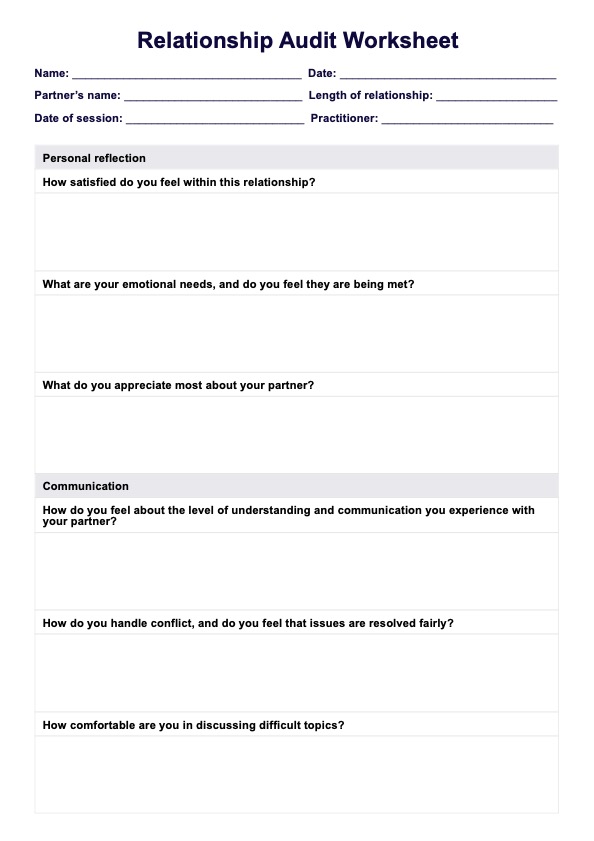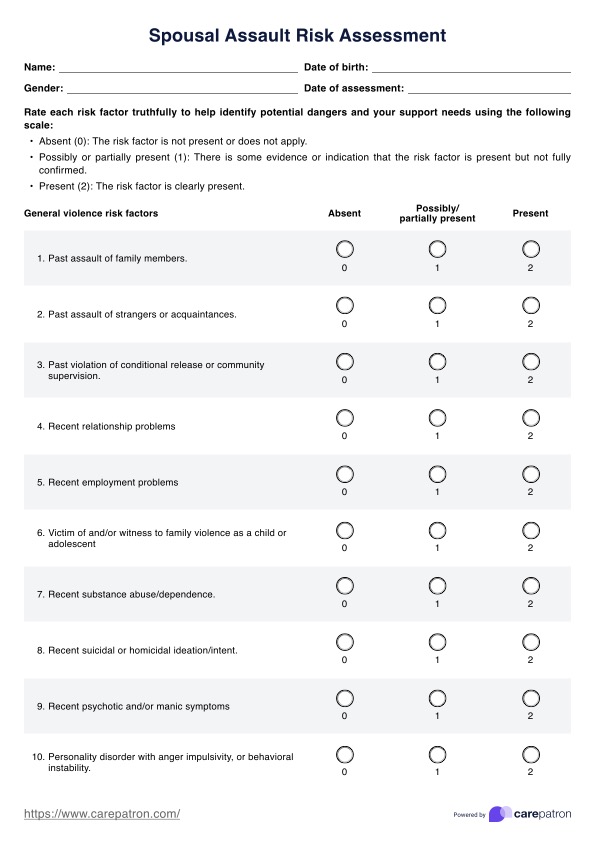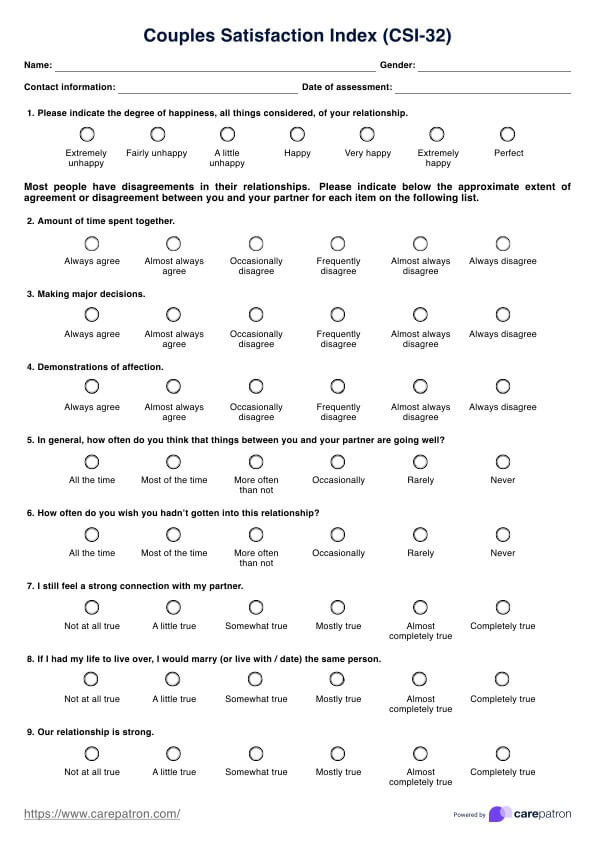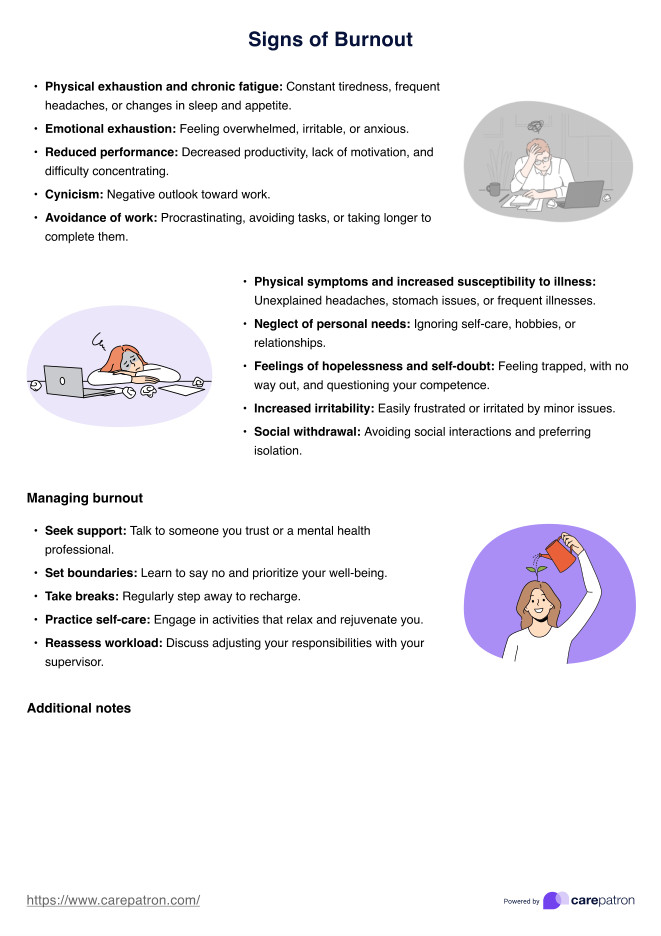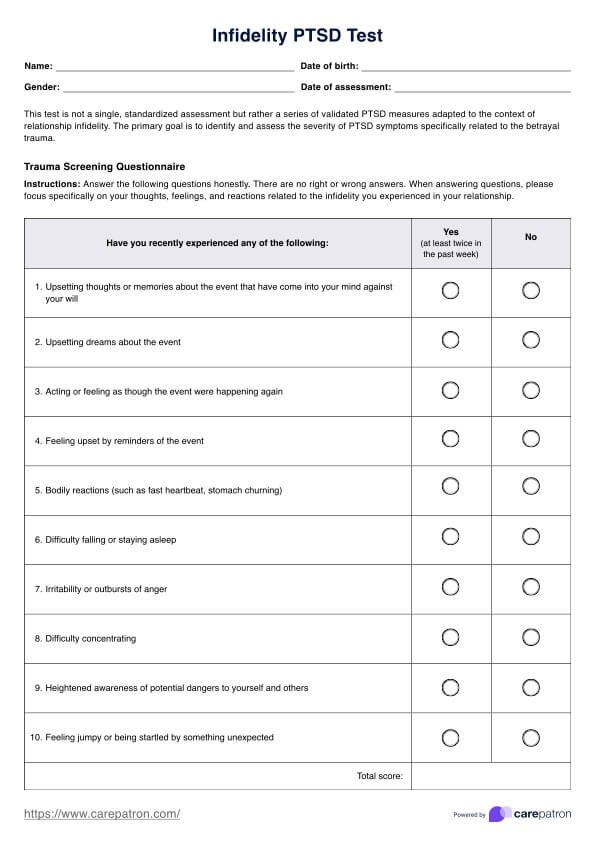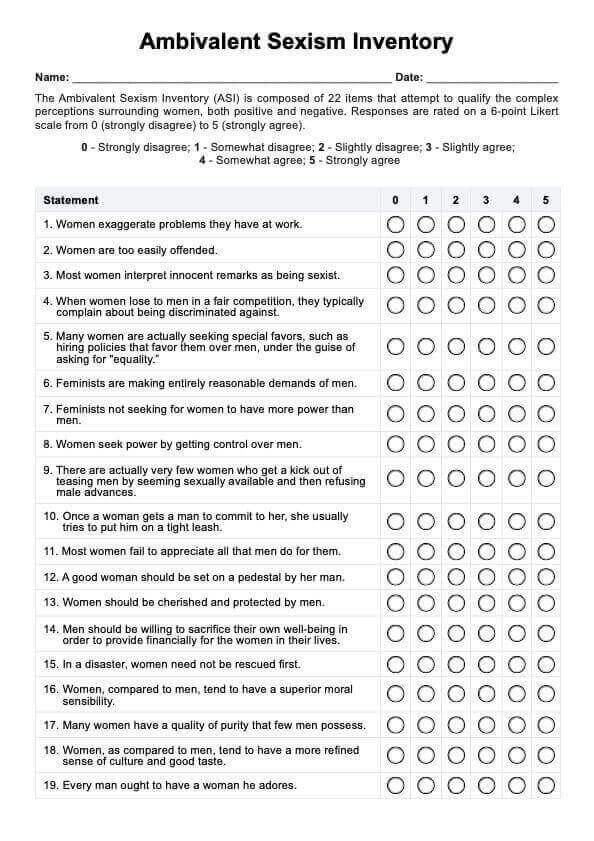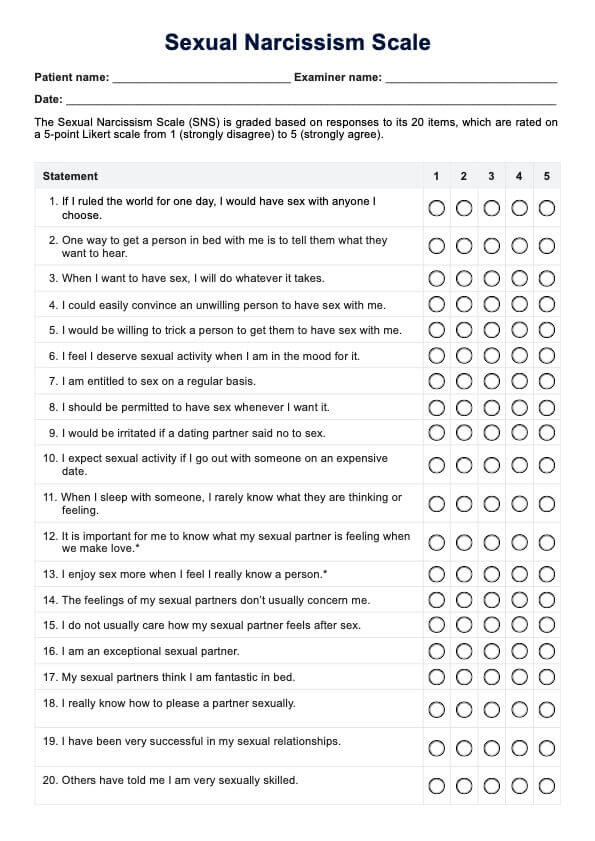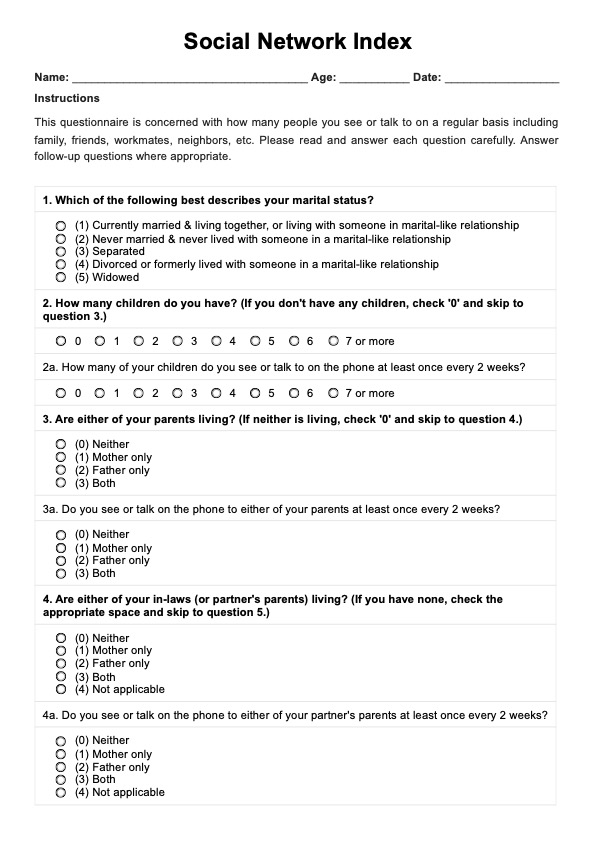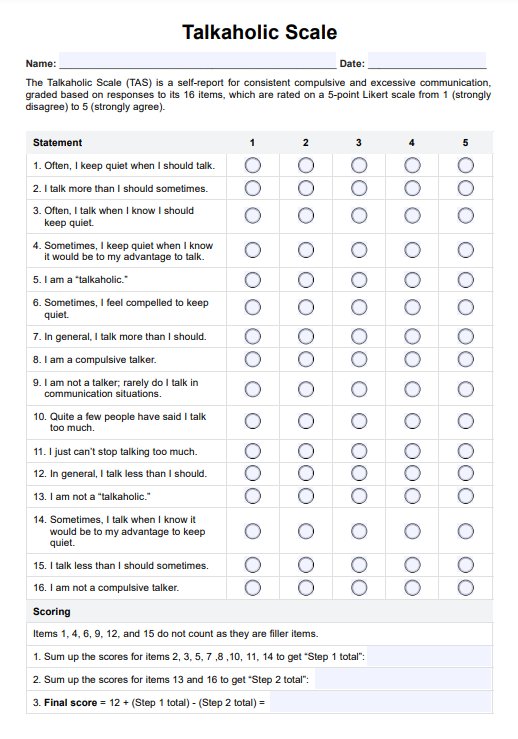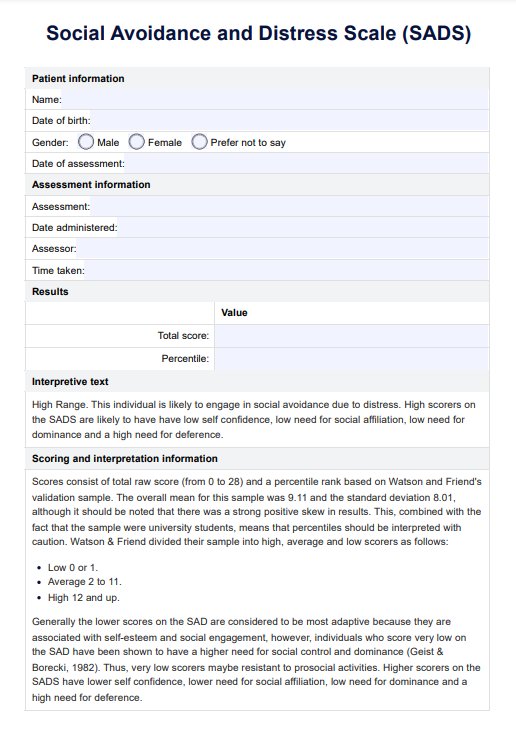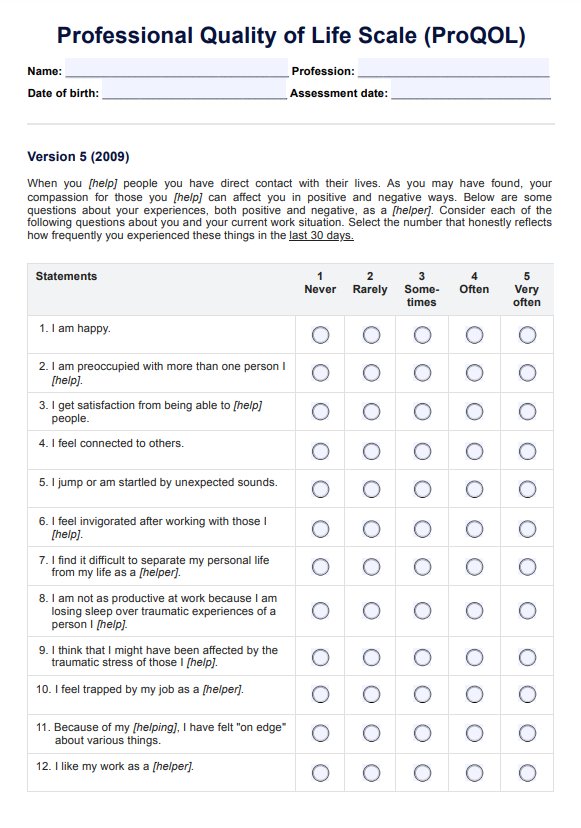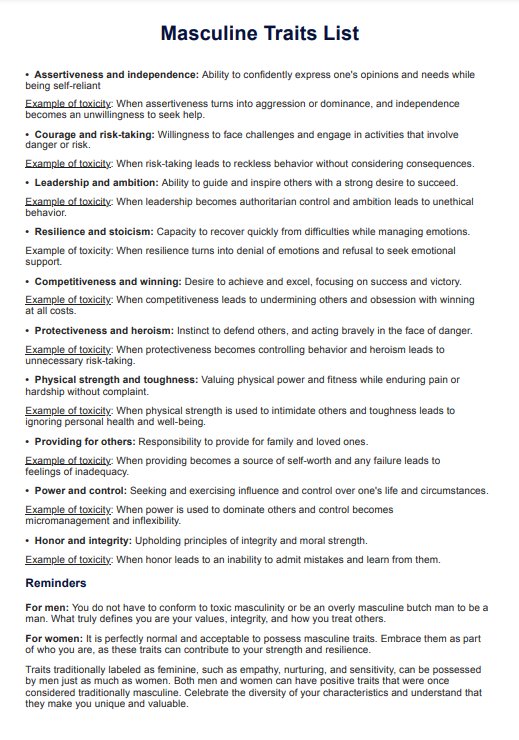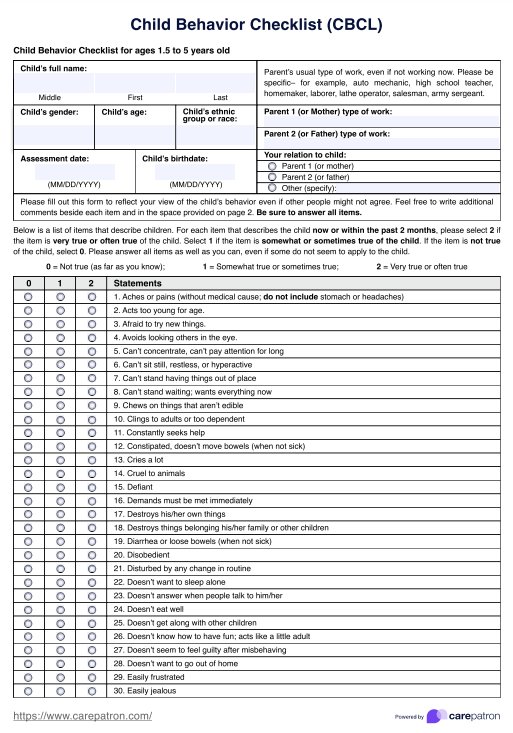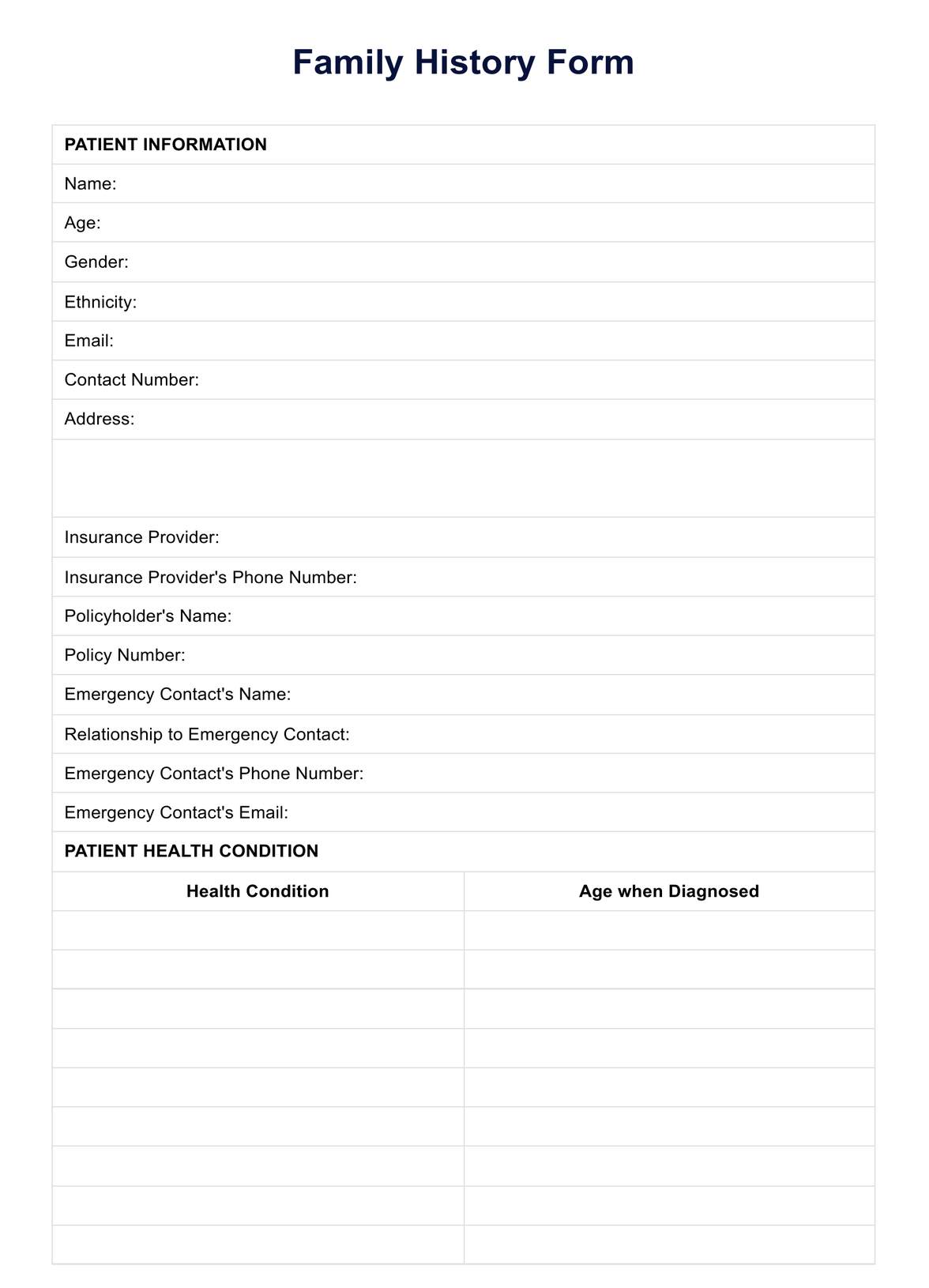Co-Parenting Agreement Templates
Discover the benefits of using our free Co-Parenting Agreement Template. Streamline communication, reduce conflict, and focus on your child's best interests.


Understanding co-parenting agreement
Co-parenting agreements, or parenting plans, are legal documents that outline custody arrangements, visitation schedules, and parental responsibilities for children when their parents are separated or divorced. These agreements aim to provide stability and consistency for the children while ensuring that both parent’s rights and obligations are clearly defined (Braver & Lamb, 2018).
A co-parenting agreement is a comprehensive guide that addresses various aspects of raising children in separate households. It covers crucial elements such as legal and physical custody, parenting time schedules, a visitation schedule for the noncustodial parent, decision-making processes for important matters related to the child’s welfare, financial contributions (e.g., child support, medical insurance, children's education), and parental communication protocols.
Co-Parenting Agreement Templates Template
Co-Parenting Agreement Templates Example
What should be included in a co-parenting agreement?
A comprehensive co-parenting agreement typically includes several key components that address various aspects of child custody, parental responsibilities, and parenting time schedules. These components are:
Child custody agreement
This section outlines the legal and physical custody arrangements, especially for a minor child. Legal custody refers to the parent’s right to make important child welfare decisions, such as education, religious upbringing, and healthcare. Physical custody determines the child’s primary residence and custody schedule. This also outlines existing agreements, especially if sole legal custody or joint legal custody exists.
Parenting time
The agreement details the specific parenting schedule, including the days and times when each parent will have primary physical custody of the child(ren). It may also include provisions for holidays, vacations, and special occasions, and visitation rights.
Child support
The agreement should outline each parent’s financial obligations to pay child support, financial support, medical insurance, and other expenses related to the child’s well-being.
Decision-making
This section specifies how the parents will make major decisions, including their decision-making authority, concerning the child’s life, such as education, the child’s healthcare, and extracurricular activities.
Communication and dispute resolution
The agreement should outline the methods for communication between the parents and the procedures for resolving disputes or the dispute resolution process for modifying the agreement if necessary.
How to Use the Co-Parenting Agreement Template
The Co-Parenting Agreement Template, whether it is this Co-Parenting Agreement Template or a parenting plan template, is designed to streamline the outlining of shared parenting responsibilities. Below are detailed steps on how to effectively utilize this resource:
Step 1: Download the template
Begin by downloading a printable co-parenting agreement template that meets your needs - whether it is this Co-Parenting Agreement Template, a Parenting Plan Template, or a Child Custody Agreement Template. Ensure the selected template covers all aspects of co-parenting and provides a comprehensive framework for your agreement.
Step 2: Fill in basic information
Start filling out the template by including essential details such as the names of both parents, their contact information, and specific details about the child[ren], like their date of birth, school, health conditions (if any), etc. This section provides a foundational overview of the family structure.
Step 3: Define custody arrangements
Next, detail the type of custody arrangement—whether joint physical custody (shared between both parents) or sole physical custody (only one parent has primary responsibility). Specifying the residential schedule for the child(ren), including the custody schedule for weekdays, weekends, holiday schedule, and special occasions is crucial. This ensures clarity and prevents potential disagreements regarding time sharing especially for the non-custodial parent.
Step 4: Outline parenting plans
This step involves discussing and agreeing upon plans for vital aspects of the child's life. These include education plans, healthcare provisions, extracurricular activities, religious upbringing, etc. The goal is to ensure both parents contribute to decision-making processes that impact the child's development and well-being.
Step 5: Set communication guidelines
Establishing clear communication rules is vital for smooth coordination between co-parents. Decide upon preferred modes of communication (e.g., email, text, calls), frequency, and guidelines for discussing sensitive topics. This can significantly reduce misunderstandings and foster a healthier co-parenting relationship.
When should you use this Co-Parenting Agreement Template?
This parenting plan can be useful in various situations where parents are not living together but share the responsibility of raising their child(ren). Here are some common scenarios when a Co-Parenting Agreement Template might be beneficial:
- Divorce or separation: When parents divorce or separate, a co-parenting agreement can help outline the custodial parents, arrangements, visitation schedules, and other parental responsibilities. This agreement ensures that both parents understand their roles and obligations and provides a structured plan for the child(ren)’s well-being.
- Unmarried parents: Even if parents were never married, a co-parenting agreement could help establish clear guidelines for joint custody or sole custody arrangements, including the children’s primary residence, parenting time, and child support payments.
- Resolving custody disputes: If parents cannot agree on custody arrangements, a Co-Parenting Agreement Template can be a starting point for negotiation or mediation, especially with a custodial parent and the other parent. It can help both parties address critical issues and reach a mutually acceptable agreement.
- Modifying existing arrangements: As circumstances change, such as where a child resides or a change in the child’s needs, a Co-Parenting Agreement tTmplate can be used to modify existing custody arrangements or custody schedule.
- Shared custody: When parents have joint custody or shared physical custody, a co-parenting agreement can clearly outline the parenting schedule, decision-making processes, and responsibilities of each parent to ensure consistency and minimize potential conflicts.
- Sole custody: Even in cases where one parent has sole custody, a co-parenting agreement can outline the other parent’s visitation rights and responsibilities, ensuring their involvement in the child’s life.
Reference
Braver, S. L., & Lamb, M. E. (2018). Shared parenting after parental separation: The views of 12 experts. Journal of Divorce & Remarriage, 59(5), 372–387. https://doi.org/10.1080/10502556.2018.1454195
Commonly asked questions
The most common parenting plans include sole custody, joint custody, split custody, and parenting plan templates. In sole custody, one parent has primary physical and legal custody of the child. Joint custody involves both parents sharing physical and legal custody, while split custody occurs when siblings are divided between parents.
To write a parenting action plan, start by identifying specific goals and objectives for your child’s well-being. This may include areas such as education, health, and social development. Next, outline the responsibilities of each parent and establish clear communication strategies. Include provisions for decision-making, dispute resolution, and modifications as needed. Consult with a legal professional to ensure your plan aligns with local laws and regulations.
The three main types of co-parenting are cooperative, parallel, and conflicted. Cooperative co-parenting involves parents working together to make decisions and communicate effectively for the child’s benefit. Parallel co-parenting occurs when parents maintain separate households and make independent decisions, with minimal direct interaction. Conflicted co-parenting is characterized by ongoing disputes, lack of communication, and difficulty putting the child’s needs first.
The template helps by providing a structured format for outlining co-parenting responsibilities, reducing potential conflicts, and ensuring the child's best interests are met.

.jpg)
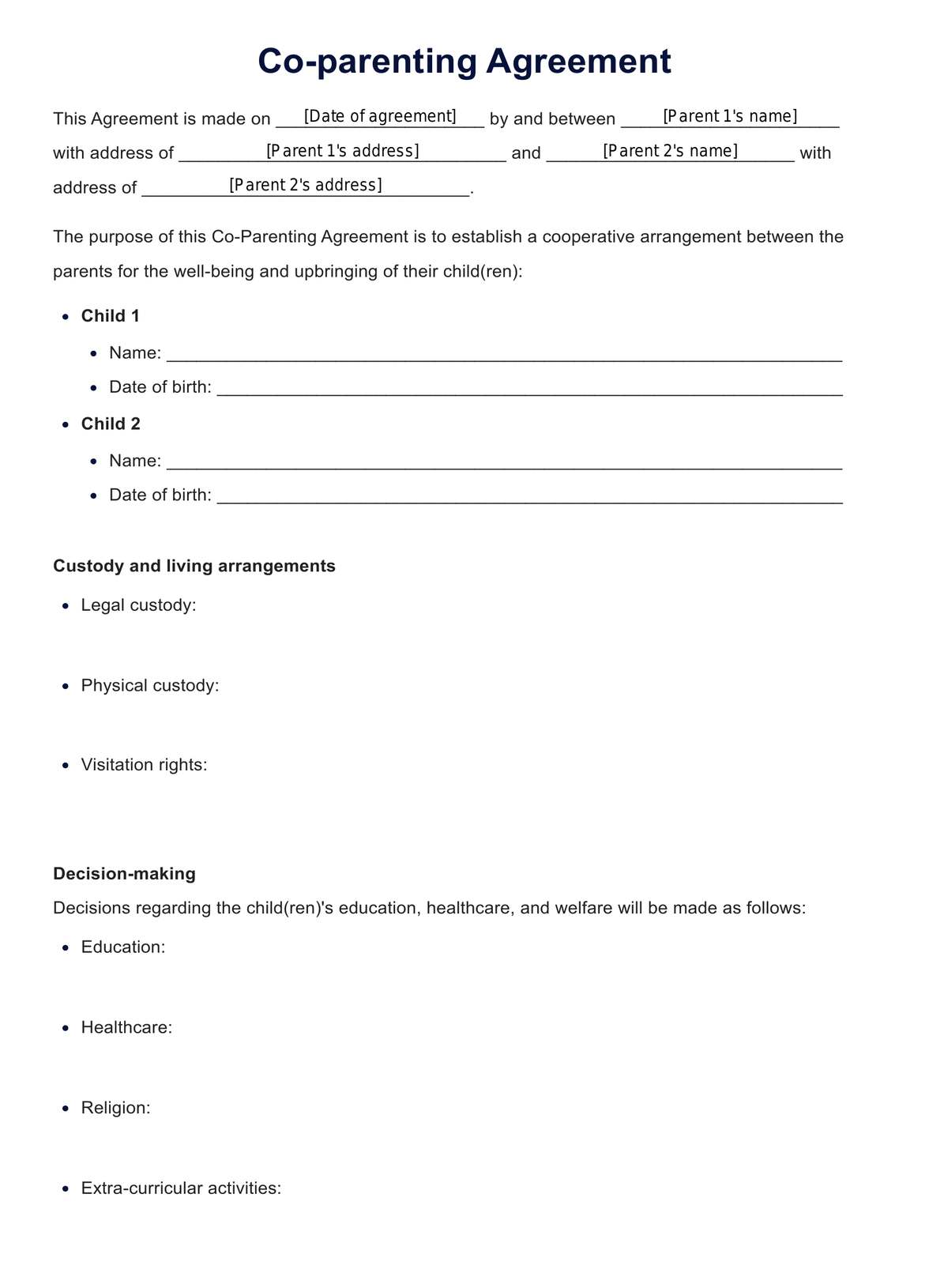
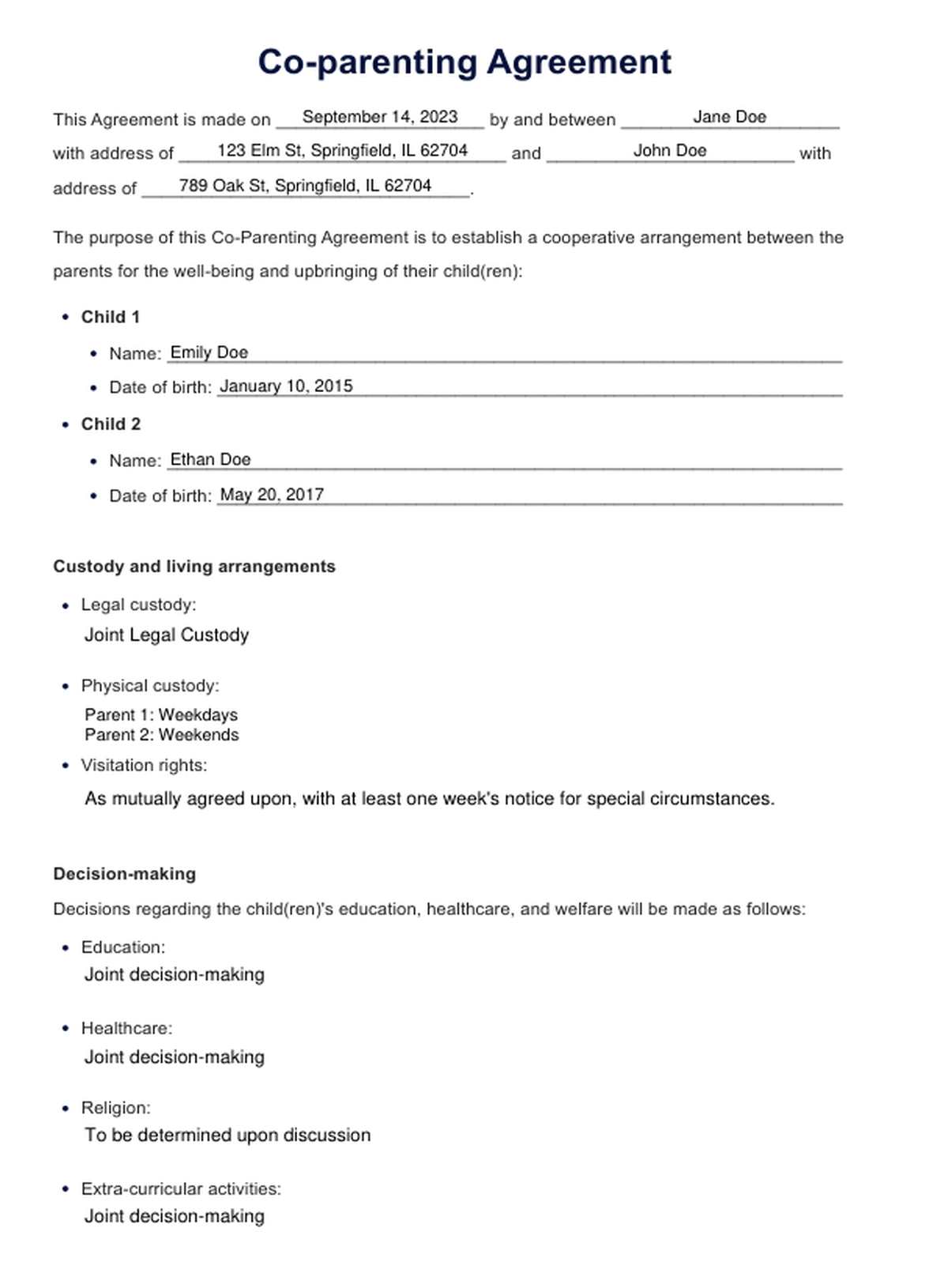


-template.jpg)


